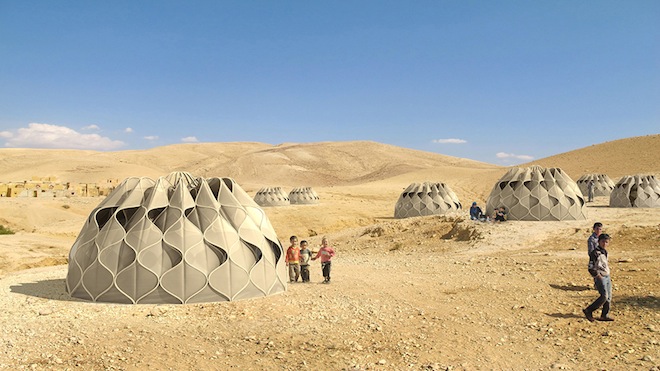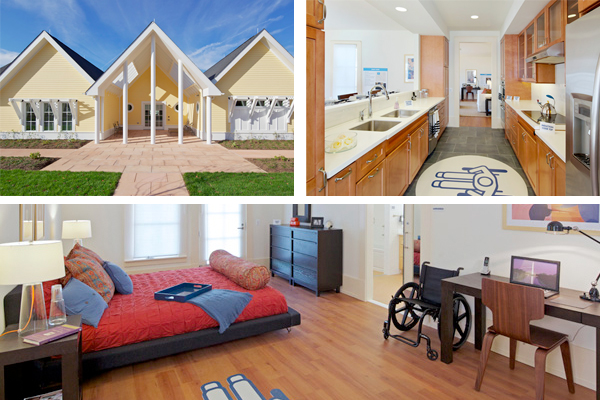It is not the strongest of the species that survives, nor the most intelligent that survives. It is the one that is most adaptable to change.
In the struggle for survival, the fittest win out at the expense of their rivals because they succeed in adapting themselves best to their environment.
It is part of human nature to survive and adapt to their surroundings because life will keep going.
But Design is also a natural human behaviour. We all manipulate the world around us to create function and order, as well as to fulfil basic needs. We analyse and solve problems. Arguably, all people practice design. We always have. As our society has developed, the role of design has continually shifted. It has changed in scope, scale and technique.
How can ARCHITECTURE help speed up the adaptation process?
These are some examples of designs that dealt with a disaster of some sort and adapted a technique...
Flood Resistant Homes
Anti Earthquake Residence
Flood and Earthquake Proof Building
Quick & Easy to Construct Refugee Shelter
Zombie proof House
War Defensive Shelter for Two
Caravan Houses for Travellers
War Proof Shelter
Disabled Proof House Design
It is part of human nature to survive and adapt to their surroundings because life will keep going.
But Design is also a natural human behaviour. We all manipulate the world around us to create function and order, as well as to fulfil basic needs. We analyse and solve problems. Arguably, all people practice design. We always have. As our society has developed, the role of design has continually shifted. It has changed in scope, scale and technique.
How can ARCHITECTURE help speed up the adaptation process?
- find the problem
- create a solution
These are some examples of designs that dealt with a disaster of some sort and adapted a technique...
Flood Resistant Homes
Anti Earthquake Residence
Flood and Earthquake Proof Building
Quick & Easy to Construct Refugee Shelter
Zombie proof House
War Defensive Shelter for Two
Caravan Houses for Travellers
War Proof Shelter
Disabled Proof House Design





















































